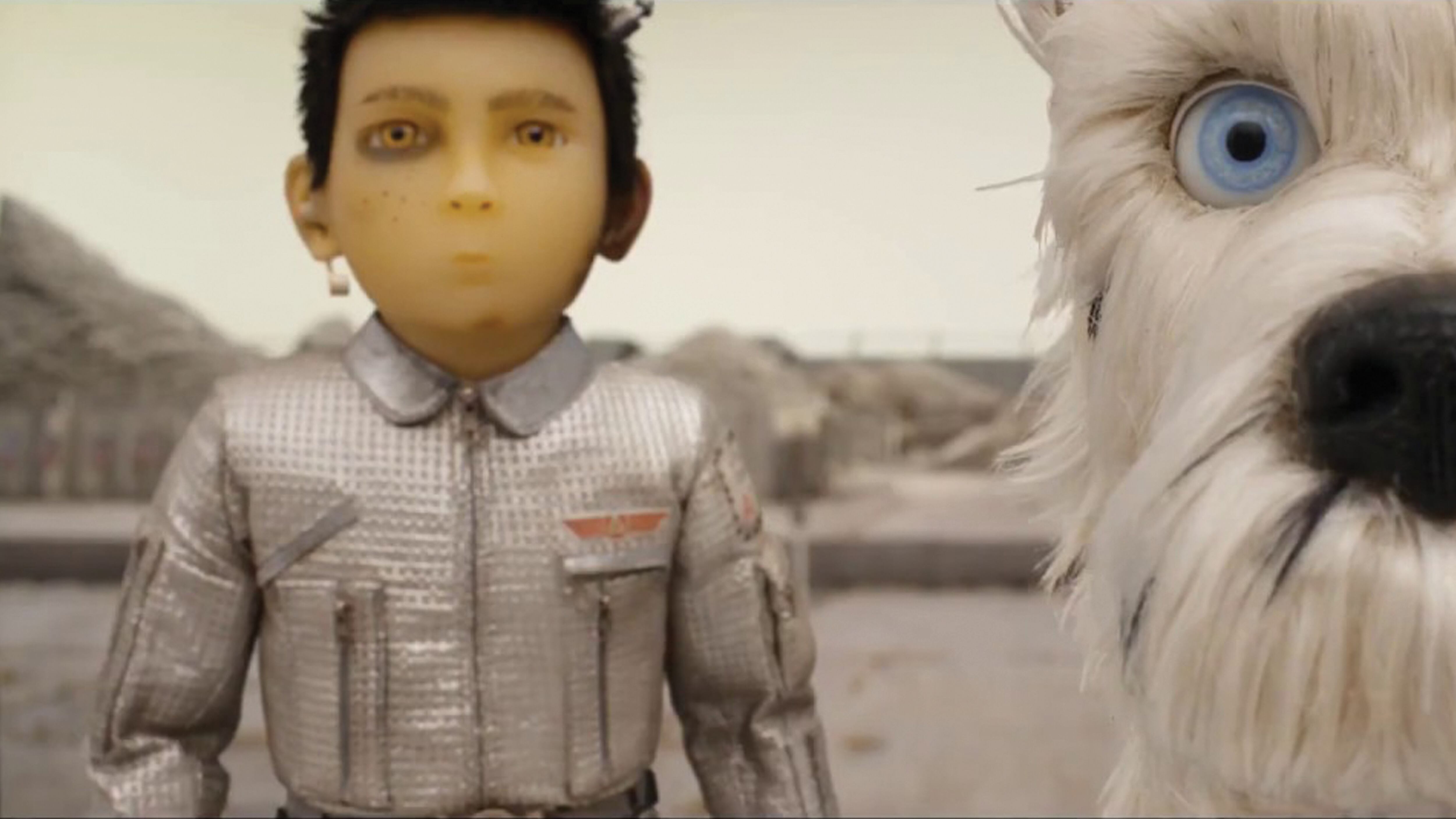When Wes Anderson needed help bringing his newest stop-motion vision to life, he turned to Portland.
In the autumn of 2015, Anderson learned his production designer for Fantastic Mr. Fox was already entrenched in LAIKA's Kobu and the Two Strings. So the director found another local luminary: Paul Harrod.
Harrod was the senior art director for Will Vinton Studios and for the claymation-styled Fox sitcom The PJs. He's helmed sequences for a daunting list of projects ranging from Pee-wee's Playhouse to 22 Jump Street. With his wife, North of Blue director Joanna Priestley, Harrod also serves as the more commercial half of Portland's premier animation power couple.
Isle of Dogs might have been the greatest challenge of his quarter-century in stop-motion. Harrod spent more than two years tailoring the twee chic-meets-vintage sci-fi aesthetic that fuels Isle of Dogs. The star-studded (Bryan Cranston, Scarlett Johansson, Bill Murray, Yoko Ono) fable follows one boy's journey to recover his abandoned mutt after corrupt, cat-fancying politicos deport all canines to Trash Island.
As the eagerly awaited film enters wide release, WW talked with Harrod about designing the sconces of future past.
WW: What does a production designer do for stop-motion?
Paul Harrod: The person who oversees the entire design process of a film. Depending upon its complexity, that can mean a huge amount of design work—designing sets from the ground up—and in the case of animation, absolutely everything is created for the project. With Isle Of Dogs, particularly, there was no such thing as a ready-made prop, so every little thing had to be designed: You know, the wall sconces, the outlets, everything that you see needed to go through the design process. We built 250 sets for Isle Of Dogs, which may be a record.
It's a very distinct aesthetic, all of these vintage elements but set in the future.
Let me explain a little bit about the future. The prologue says the film takes place 20 years in the future, but it's not 20 years from our future. It's 20 years from some time in the past, and I just sort of decided that that past was 1963. So, you're imagining what we thought the future might be like in 1963-—or, more specifically, what was thought in Japan to be 20 years in the future. To that extent, we looked at modernist design from the period and projected that a little further.
What's the process of filming like? Are you constantly running things past the director? Is he watching you work?
Yeah, it doesn't exactly work that way. Wes wasn't at the studio very much, but he was a presence in a big way. I probably shared between 15 and 20 email exchanges with him every day as did the cinematographer Tristan Oliver and the animation director Mark Waring. So, Wes was on the film pretty much 24-7. It's just that, physically, he wasn't in the same place we were. To be honest, there were many times when we felt like we could get answers a lot faster and be able to launch shots a lot faster if the director was present. But, you know, that's his way of working on an animated film, He doesn't work that way on live action, obviously.
Did you work on any characters?
I was involved in a lot of the human character designs, but not really the dog designs so much. The way Wes wanted, the dogs were actually designed by sculptors working in the puppet shop as a series of sketches that became more and more refined as time went on. But [co-production designer] Adam Stockhausen and I were both very involved in the human character designs. We would just sort of look at hundreds and hundreds of pictures. In some cases, it would be a combination of old photographs taken in the '40s and '50s and screen captures of actors from old films. We'd put all the ones that we thought would be appropriate in front of Wes for him to choose. Then, I would pass those images along to Félicie Haymoz, an illustrator who was our character designer for the humans, and I'd give costume suggestions.
Did you tailor the look of the characters to the look of the actors?
With the dogs a little bit more than the humans, which is sort of interesting. In many cases, it was a matter of playing completely against type. For instance, there are two dogs named Jupiter and Oracle. Jupiter is a St. Bernard, voiced by F. Murray Abraham, and Oracle is a pug voiced by Tilda Swinton. So, I mean, a pug is the most un-Tilda Swinton type of dog you can possibly imagine. The animators did such a fantastic job of pinning little nuances to the facial performances of the dogs that they start to feel a little bit like the actors because particular movements—the cock of the head, the ways the eyes shift—just go so well with those voices. It almost feels like they must have been looking at, you know, Jeff Goldblum or Liev Schreiber, but, in fact, there was no footage taken of those actors when they were performing. It's just a credit to the quality of the animation. Ed Norton did the voice of a dog named Rex, and, whenever I look at Ed Norton now, I see little flashes of Rex in him.
SEE IT: Paul Harrod will attend a post-screening Q&A for Isle of Dogs at Hollywood Theatre, 4122 NE Sandy Blvd., 503-493-1128, hollywoodtheatre.org, on Wednesday, March 28. 6:30 pm. $9.
